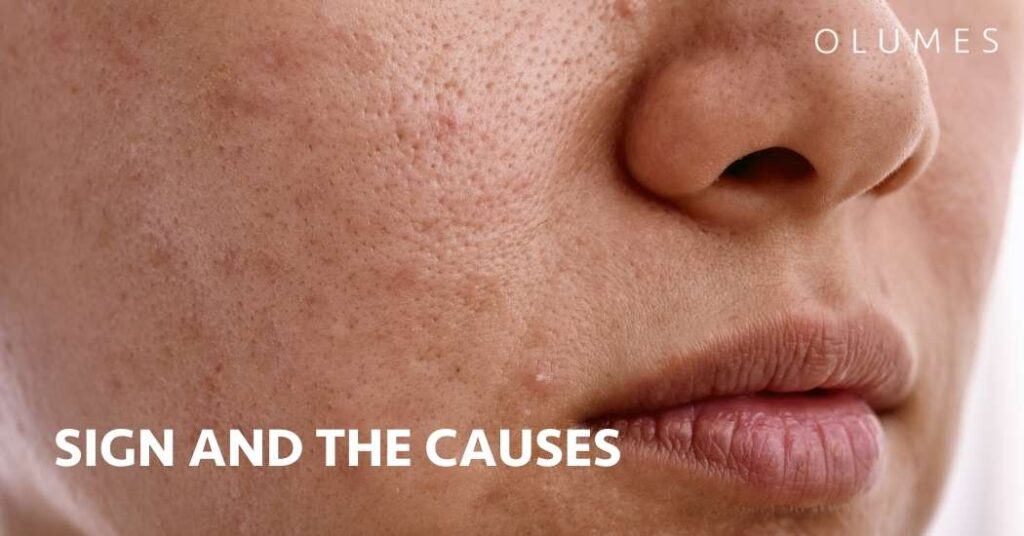Blog
OPEN PORES
The term ‘open pores’ refers to enlarged skin pores that have become more noticeable over time. The pores on the skin allow it to ‘breathe’ by releasing the sebum or natural oil onto the surface. However, large skin pores often appear in areas that have a higher density of sebaceous glands specifically, in the ‘t-zone’ of the face. They adversely affect the skin texture and become an aesthetic concern for both men and women with oily or combination skin types. The skin concern affects teenagers undergoing hormonal changes and adults with aging skin or hormonal issues too.
Any skin type, whether it’s oily, normal, or dry, can take on the appearance of having large, open pores. These may give your skin a dull appearance, particularly if they’re clogged with dirt, bacteria, oil, or dead skin cells.
While not a medical concern, open pores can be a cosmetic issue for some people who do not like the way their skin looks. In adolescents, and in adults who are prone to acne, open pores may become clogged, turning into blackheads or whiteheads. Aging skin containing less collagen may also take on the appearance of having larger, open pores, which might also cause concern.
CAUSES OF OPEN PORES
There are several causes of large-looking open pores. They include:
- High levels of oil (sebum) production
- Excessive secretion of sebum, especially in the case of those who have oily or combination skin leads to the enlargement of hair follicle openings and the appearance of large open pores.
- Chronic acne
- Pores in acne-prone skin, clog and cause blackheads and whiteheads. Moreover, inflammatory acne weakens sebum glands and follicular openings and enlarges the pores.
- Thick hair follicles
- Hair follicles are tubular in structure. Thicker hair follicles have a bigger follicular opening that forms skin pores. These dilate further to allow the flow of natural oil and appear enlarged.
- genetics or heredity
- Genetic predisposition and ethnicity are significant internal factors that cause large open pores.
- Hormonal changes in skin, caused by aging
- Hormonal fluctuations stimulate the hyperactivity of sebaceous glands and trigger the production of excessive sebum, which results in large open pores.
- sun damage or overexposure to the sun
Aging and sun damage may adversely affect the collagen and elastin fibers in the skin. Diminished strength and elasticity of the skin may make the pores appear crater-like in older adults.

